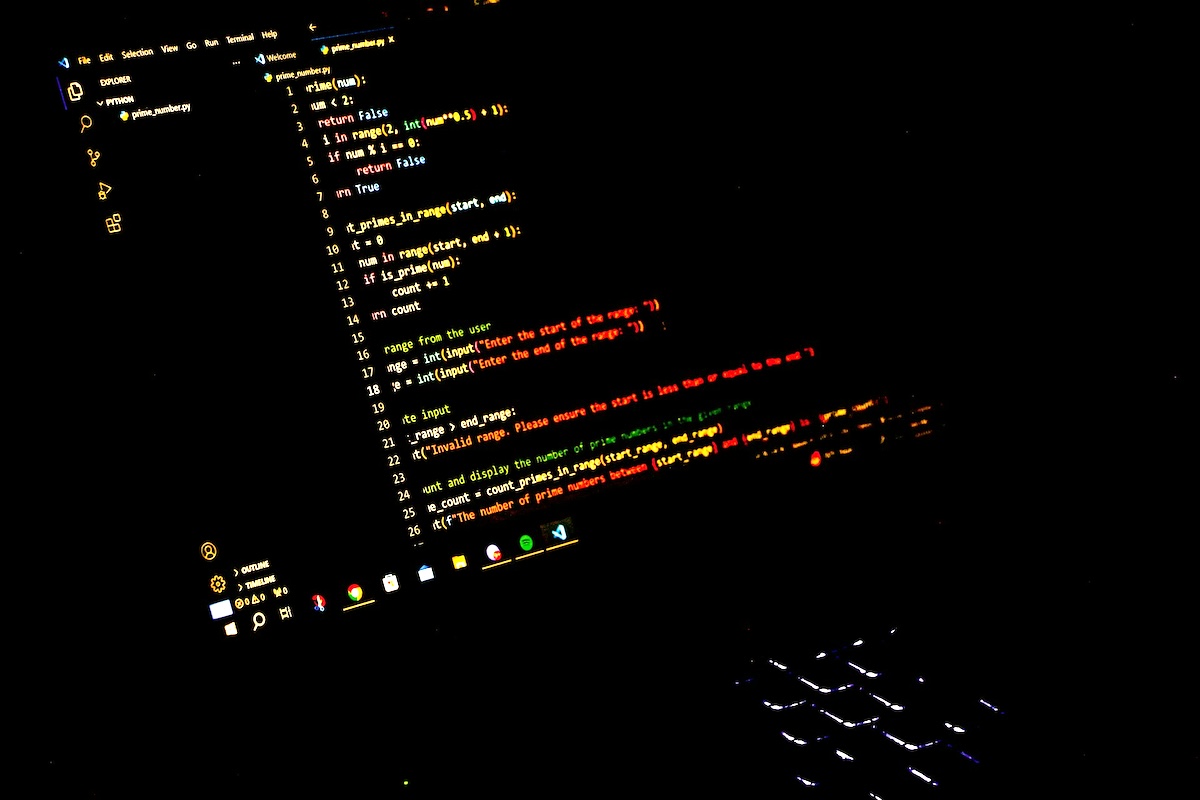Skift Take
Test events are popping up across Europe to gauge the safety of meeting in person as many developed countries move closer to herd immunity status. What have these real-world experiments taught us about the risks?
Last year, we reported on one of the first experiments to study the risk of Covid transmission at in-person gatherings. The research was conducted by the German University Medical Center Halle (Saale), and it unsurprisingly found that good ventilation and social distancing were both major factors in reducing transmission risk. Study participants wore masks throughout the experiment, so the relative benefits of wearing masks were one of the built-in assumptions of that test event.
Fast-forward to 2021, and we are now arguably in a much better position vis-a-vis the virus, with many wondering if it’s time to drop at least one of these safety measures: social distancing. PCR testing is much more readily accessible now thanks to improved lab capacity, and there have been vast improvements in the rapid antigen options available. Add to that the growing number of vaccinated people, and you have a chorus of voices insisting that large-scale events can now be held safely.
Governments across Europe have responded by allowing a number of pilot events to take place under close observation. 2020’s German study provided data to confirm the efficacy of social distancing and robust ventilation, but what have these more recent test events taught us?
There is no simple answer. It may seem like a simple question of checking the Covid test results of the study participants, but the takeaways are more nuanced than they seem at face value. As it turns out, observations about typical attendee behaviors may be just as crucial as the final number of positive Covid tests.
Test Events: Methodologies Differ From Country to Country
Many of the events being held in Europe are essentially experiments, with some taking a more scientific approach than others. It is not just a question of reopening gradually with a few scattered in-person gatherings, but of methodically testing where to draw the line in terms of safety measures.
TIGHTLY CONTROLLED EVENTS WITH LOOSE FOLLOW-UP REPORTING
The methodology behind these test events has varied from country to country, and even within nations themselves.
The Spanish events that we recently reported on took two different approaches: One was a tradeshow with low capacity and mask-wearing rules but no pre-testing required, and the other was a concert with tightly-packed crowds who had to pass a Covid test in addition to wearing high-grade masks. While the concert did not strictly require follow-up testing, the organizers had made special arrangements with public health authorities to be notified if any participants became sick with Covid. And enough time has passed that we now have the results — six of the 5,000 concertgoers tested positive within 14 days of the event, and authorities believe that four of these cases were contracted outside of the concert itself.
Although the organizers of the Spanish test concert are quick to point out that this rate of infection is actually half that found in the general population for the same age group, these results actually open the door to a number of questions.
Why would the test group actually have a below-average infection rate? Does it suggest that the study participants were being extra cautious both leading up to the experiment and thereafter, with the knowledge that their actions could affect not only their admission to the event itself but also influence the viability of future events? If so, might some participants have avoided being tested because they were concerned that a positive Covid result might reflect poorly on the experiment? It would be understandable if the concertgoers did their utmost to avoid compromising the likelihood of future mass gatherings.
Unfortunately, these are issues that will inevitably plague any pilot event that is being couched as a gateway to reopening. Although it won’t completely remove the issue of a potentially false comparison, event organizers could help to reduce this factor by requiring follow-up testing instead of simply trusting participants to seek medical attention if needed.
Even if they don’t strictly follow a rigorous scientific model of experimentation, the Spanish events do provide some hope that it may be possible to loosen social distancing rules if other safety measures like mask wearing and testing are put in place.
SOLVING THE QUESTION OF ATTENDEE BEHAVIOR
But what happens if masks are also left out of the equation?
The UK and the Dutch governments have both begun experimenting with this possibility. They also go a step further in monitoring post-event results by asking all participants to undergo testing by default. While their experiments are less controlled in a number of other ways, that is actually part of the point. The idea, in theory, is to gather data that will help to predict how attendees will behave once events are fully reopened.
The UK’s “Events Research Programme” has organized multiple events ranging in size from a few hundred people to several thousand, with participants required to show negative lateral-flow (rapid antigen) test results at the door. Participants are also asked to be tested again five days after the event that they attend, although it’s not clear if the government is tracking how many of them actually follow through with this request. Significantly, masks are not required, nor is any kind of social distancing.
The Dutch government is supporting a similar initiative with Fieldlab Events. According to the program’s website, “The starting point is testing or researching and analysing actions, (technological) solutions and specific activities (called building blocks) that are representative of certain common situations.” The upcoming Eurovision Song Contest (May 18-22, Rotterdam) has been granted permission to host 3,500 guests as the last of 20 experimental events. As with the previous gatherings, all participants will be required to undergo testing beforehand — but they will not be expected to social distance or wear masks. They have also been asked to do follow-up testing five days after the event.
RESEARCHES ARE LOOKING AT MORE THAN TEST RESULTS
Interestingly, both the Dutch and the UK researchers are interested in more than just the rate of infection later found among study participants.
Like the UK initiative, the Netherland’s Fieldlab program is partly designed to observe the particularities of different event formats. Test events range from business conferences to cultural gatherings like concerts. Some have required masks, but many haven’t. The first two Fieldlab events were a theater show and a conference, each attended by 500 people. And after evaluating the data, researchers calculated the risk of infection to be one in 100,000 per hour.
How could they possibly make such an estimate with only 500 people attending each event? Their conclusion may not be as airtight as the researchers are claiming, but it does have some sound reasoning behind it: Because each of the participants was required to wear a tracking device, researchers were able to analyze attendee movements. How many other people did each attendee interact with on average? For how long? What was the ventilation like in those areas? Together with the probability of an active infection going undetected by the mandatory testing process, these are the data points that researchers used to come up with their estimates around infection risk.
The same methodology lies behind all of the Fieldlab events. Whether attending a conference or a concert, all participants have consented to wearing tracking devices.
Although the UK’s Events Research Programme does not require participants to wear tracking devices, it has a similar objective. Reporting on the Good Business Festival held at ACC Liverpool on April 28, Martin Fullard explains that participants were explicitly instructed to behave as they normally would: “The point of the pilot was to give observing scientists a real-life case study of how we behave ourselves at all stages of a typical business event cycle.” Were there any bottlenecks? Was the ventilation adequate in the places where people naturally congregated? Having said that, without the tracking devices used by the Dutch researchers, the study’s analysts may not have the same hard data to back up their conclusions.
HOW WILL THIS DATA BE USED?
The more in-person events that take place with some form of follow-up testing in place, the more data event planners will have to demonstrate the risk of infection.
Any observations about typical attendee behaviors will also be highly valuable. For one thing, they might lend weight to the ongoing claim that business events involve less close-range person-to-person contact than cultural activities like music festivals. Even putting the element of different event formats aside, the results should provide helpful information about how most people interact with one another. Do most attendees at a B2B conference spend no more than five minutes in close range with the majority of people they meet?
This kind of data could help researchers to calculate the probability of infection at any given event, even if the amount of time required to transmit the virus changes as new more infectious variants arise. Further, it could possibly help researchers to understand why 10 to 20 percent of infected individuals seem to account for 80 percent of onward transmission. Does the data show that one in ten people are much more socially active than the majority? Will testing at the door be enough to prevent the most infectious people from entering, in turn foreclosing the possibility of a super spreader?
Hopefully, the current vaccine rollout campaigns will mean that herd immunity is only a matter of time and all of this data will be superfluous. But with the uncertainty caused by new variants like the one spreading rapidly in India, it is better to be armed with more information than less.
Of course, some might argue that it would be better to wait until at least 70 percent of people have been vaccinated before attempting these kinds of experiments. In fact, one of Fieldlab’s proposed events had to be cancelled after 300,000 people signed a petition condemning it. However ethically questionable this kind of experimentation may be at this point, it will nevertheless help to gauge the levels of risk involved whenever large groups of people gather.
IN CONCLUSION
Even as we learn more about the novel coronavirus that has transformed all of our lives, the situation continues to evolve in ways that make it difficult to establish any firm predictions about the future. The countries with the most robust vaccine campaigns are showing promising results, but we are also faced with the highest daily case counts to date in India and we will likely have to monitor variants of concern closely in the coming months.
In this context of uncertainty, the more data we can have about the likelihood of transmission occurring at various kinds of events, the better armed we will be to continue hosting events safely in the future.





